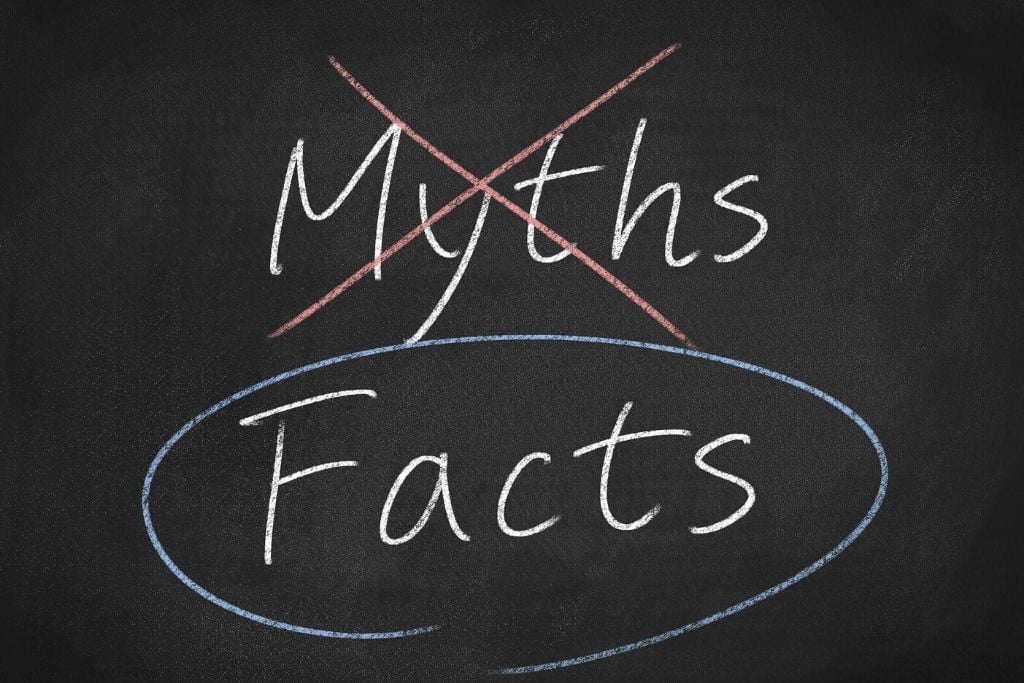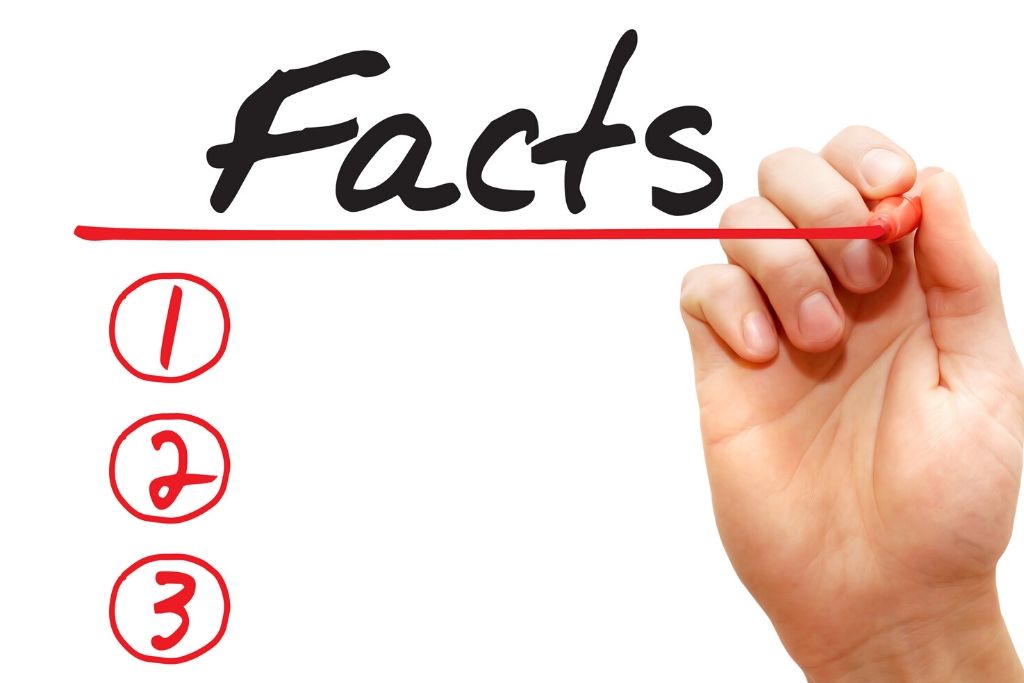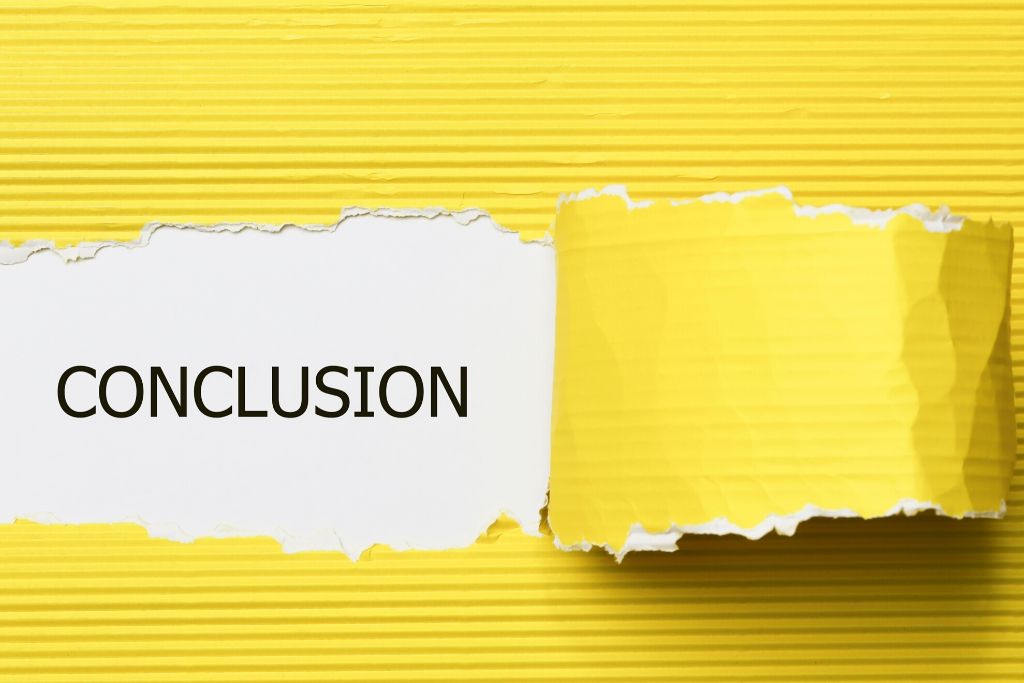
We often tend to jump to conclusions. Sometimes, we interpret someone else’s thinking and conclude. Besides, our prior experiences also result in jumping to conclusions. While some decisions are correct while some might be wrong. And the wrong decision furthermore results in conflicts. So, to avoid such a situation, you can implement the ladder of inference.
Referred to as a decision-making tool, Chris Argyris designed the ladder of inference. But it became popular because of Peter Senge. He included it in various publications including ‘The Fifth Discipline Fieldbook: Strategies and Tools for Building a Learning Organization.’
So, let’s explore more about the ladder of inference by learning about the steps to take an apt decision
Ladder of Inference Steps
The ladder of inference has seven steps. The reasoning process starts from the bottom of the ladder. Starting at the bottom is reality and facts which furthermore leads to a conclusion. Well, let’s see how these steps unfold in the ladder of inference.
1. Reality and facts

At this level, we observe the real world around us. It consists of all the elements that are factual and noticeable.
2. Selection of facts

At this step, our mind starts filtering the data into relevant and irrelevant. Prior experiences play a key role while filtering the data.
3. Interpretation of facts

After examining the facts, the interpretation of facts is undertaken in this step. In short, you add meaning to the data found.
4. Assumptions

Once the interpretation phase is complete. We add existing assumptions to our thought process. These assumptions vary from person to person.

5. Conclusions

Whatever interpretations we have made, conclusions based on those beliefs are drawn.
6. Beliefs

Based on the conclusions, we develop beliefs about the whole scenario.
7. Actions

And the most important step is to act. The beliefs developed are responsible while taking action. Whatever, we feel best at that very moment, leads to action. But our action keeps changing as per the situation. And the cycle continues.
Let’s elaborate more by taking a simple example. This example exhibits the way a ladder works in real life. And all these steps sometimes take place in an unconscious state.
John starts working with a reputed publication. And he observes a sub-editor who is always busy editing copies submitted by the reporters. John thinks that sub-editors are good at editing and designing. He assumes that they are busier than him. Hence, sub-editors prefer to not talk to fellow reporters. He concludes that they are more comfortable in their cubicle than talking to other people. Thus, he believes that it is a hurricane task to strike a conversation with the sub-editor. And he acts on his beliefs by not interacting with them.
But with the ladder of inference, his thinking may change. First, John needs to get his facts right about sub-editors. Though the sub-editors are busy, they might be a great company. Their tight deadlines might be keeping them away from the interaction. Besides, if John changes his assumptions, he can work together with the sub-editor. And they can become good friends adding positivity in the work culture.
How to Use a Ladder of Inference in Making a Better Decisions?
There are times when we hit a roadblock while concluding. We have selected data, thus making an incomplete interpretation. So, use these steps to make the right decision.
1. Think with a broader perspective

SUMMARY
Avoid making hasty decisions. Take control over your thinking and reasoning by scrutinizing every minute detail.
We often build conclusions on half-baked data. The observable data might vary from what we see. So, it is very important to have a broader perspective while concluding. Sometimes, we also tend to decide in a second. But there are times when we must slow down. Explain precisely about your beliefs and the reason behind the decision. Also, urge your colleagues to do the same. When you have an adverse reaction to a situation. Then, stop and reconsider your observations. This might help you make the right decision.
2. Be clear

SUMMARY
if you have a reasoning process, then share it with others. Let others know what things are going on in your mind. With this, they will be clear about your motives.
While deciding, remember each step in the ladder of inference. Be precise about the data you have. Build assumptions that are clear and apt. Most importantly, question yourself about your assumptions. Sometimes, we decide without thinking and regret later about the whole scenario. Try and put together every missing piece in the problem.
3. Know the thought process of others

SUMMARY
The way you question yourself, likewise, question people involved in the decision-making process. This will help in deriving their thought process.
Now that you know about the ladder of inference, then analyze every step of it. But, remember, that every person has his/her own prior experiences. Every person will have her/her interpretation and will conclude likewise. So, if you want to avoid this, then consider the thought process of others. Try to get into their shoes because it will make it easy to take the decision.
TIP
While working in a team question the assumptions of your team members. With this, decision-making will become easier.
Closing thoughts
The ladder of inference has time again proved fruitful for decision-making. It helps in avoiding poor judgments based on selected data and prior experiences. It shapes our thought process from analyzing the observable data to taking action. So, do let us know if you have applied the ladder of inference in your organization. And if you did? Then do let us know it’s the outcome on the employees!
Neelambari started her rollercoaster ride as a journalist at Pune Mirror (Times Group). After which she started exploring the world of content writing. Today, she boasts more than five years of experience filled with creativity and diversity. During this tenure, she explored various mediums like articles, blogs, social media posts, website content, and much more. And this content ranged from Gynecology, Ayurveda, Dental health to nutrition. However, she enjoys the most writing about Psychology and other medical streams. She loves writing and aims to bring positive changes at least in some lives with her articles on www.themindfool.com
